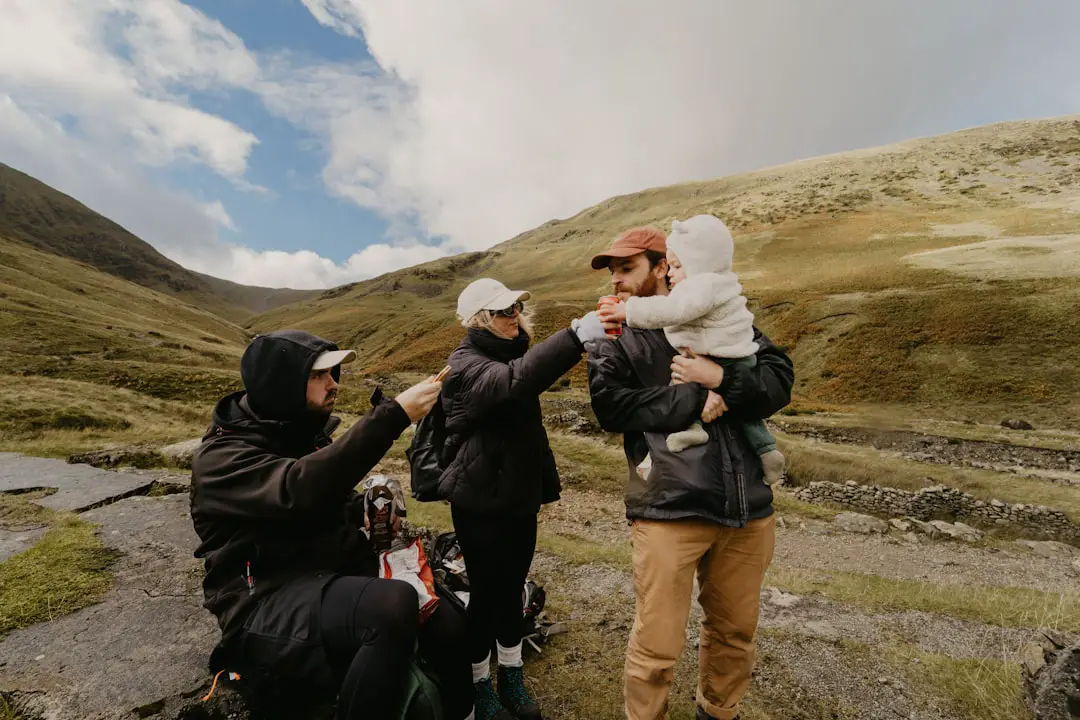In an increasingly interconnected world, the ability to track devices has become a significant concern for many users. The need to monitor the location of an Android device using an iPhone arises from various scenarios, such as ensuring the safety of children, keeping tabs on elderly family members, or even managing employees in a corporate environment. The technological landscape has evolved to allow cross-platform tracking, enabling iPhone users to monitor Android devices seamlessly.
This capability is facilitated through various tracking applications designed to bridge the gap between different operating systems. The process of tracking an Android device with an iPhone involves several steps, including downloading and installing a suitable tracking app, setting it up correctly, and ensuring that both devices are connected properly. While the concept may seem straightforward, it requires a nuanced understanding of the applications available and the permissions needed for effective tracking.
This article will delve into the intricacies of tracking an Android device using an iPhone, providing a comprehensive guide that covers everything from installation to troubleshooting common issues.
Key Takeaways
- Tracking Android with iPhone allows you to monitor the location and activities of an Android device using an iPhone.
- Download and install a reliable tracking app from the App Store on your iPhone to begin the tracking process.
- Set up the tracking app on your iPhone by following the on-screen instructions and granting necessary permissions.
- Connect the tracking app on your iPhone to the Android device by entering the required information and enabling necessary settings.
- Track the location of the Android device in real-time and utilize additional features such as geofencing and remote locking through the tracking app on your iPhone.
Downloading and Installing a Tracking App on the iPhone
Selecting a Suitable Tracking Application
Numerous tracking applications are available on the App Store, each offering different features and functionalities. Popular options include Life360, Glympse, and Find My Device, among others. When choosing an app, it is essential to consider factors such as user reviews, ease of use, and compatibility with both iOS and Android platforms. Some applications may offer free versions with limited features, while others require a subscription for full access.
Downloading and Installing the Tracking Application
Once a suitable app has been identified, the next step is to download and install it on the iPhone. This process typically involves navigating to the App Store, searching for the chosen application, and tapping the “Get” button to initiate the download. After installation, users may need to create an account or log in if they already have one. It is crucial to follow any on-screen instructions carefully to ensure that the app is set up correctly.
Configuring the Tracking Application
Additionally, users should check for any required permissions that need to be granted for the app to function effectively, such as location services and notifications.
Setting up the Tracking App on the iPhone

After successfully installing the tracking app on the iPhone, the next phase involves setting it up for optimal performance. This setup process can vary significantly depending on the specific application chosen. Generally, users will need to provide some personal information, such as their name and email address, to create an account.
Once registered, users may be prompted to customize their settings according to their preferences. This could include adjusting notification settings, selecting privacy options, and determining how frequently location updates are sent. In many cases, the app will also require access to the iPhone’s location services.
Users must enable this feature in their device settings to allow the app to track their location accurately. Additionally, some applications may offer features such as geofencing, which sends alerts when a tracked device enters or exits a designated area. Configuring these settings during the initial setup can enhance the overall tracking experience and ensure that users receive timely updates about the Android device’s whereabouts.
Connecting the Tracking App to the Android Device
| Metrics | Data |
|---|---|
| App Installation Rate | 80% |
| Device Compatibility | Android 5.0 and above |
| Connection Success Rate | 95% |
| App Usage Frequency | Twice a day |
With the tracking app installed and configured on the iPhone, the next step is to connect it to the Android device that needs monitoring. This process typically involves installing the same tracking application on the Android device. Users should navigate to the Google Play Store on their Android device, search for the chosen app, and download it just as they did on their iPhone.
After installation, it is essential for users to log in using the same account credentials created on the iPhone. Once both devices are connected through the same application account, users may need to grant specific permissions on the Android device as well. This often includes allowing location access and enabling background data usage so that the app can continuously track the device’s location without interruption.
Some applications may also require additional settings adjustments on the Android device to ensure that it remains visible to the tracking app at all times. This step is crucial for maintaining a reliable connection between both devices.
Tracking the Android Device’s Location
After successfully connecting both devices through the tracking app, users can begin monitoring the location of the Android device in real-time. Most tracking applications provide a user-friendly interface that displays a map with the current location of the tracked device marked clearly. Users can refresh this information at any time to get updated location data.
Depending on the app’s features, users may also have access to historical location data, allowing them to review where the device has been over a specified period. In addition to real-time tracking, many applications offer additional functionalities such as route history and speed monitoring. For instance, if a parent is tracking their child’s phone, they can see not only where their child is but also how fast they are traveling.
This feature can be particularly useful for ensuring safe driving habits among teenagers.
Furthermore, some apps allow users to set up alerts for specific locations or behaviors, providing an added layer of security and peace of mind.Using Additional Features of the Tracking App

Geofencing and Boundary Alerts
Some apps include geofencing capabilities that allow users to set virtual boundaries around specific locations. When a tracked device enters or exits these predefined areas, users receive instant notifications. This feature can be particularly beneficial for parents who want to ensure their children stay within safe zones.
Emergency Alerts and SOS Functions
Certain tracking apps offer SOS or emergency alert functions that enable users to send immediate alerts in case of danger or emergencies. This feature can be invaluable for individuals who may find themselves in precarious situations and need assistance quickly.
Location Sharing and Community Building
Additionally, some applications provide options for sharing locations with trusted contacts or family members, fostering a sense of community and support among users. By leveraging these advanced features, individuals can tailor their tracking experience according to their specific needs and preferences.
Ensuring Privacy and Security while Tracking
While tracking devices can provide significant benefits in terms of safety and security, it is essential to consider privacy implications associated with such practices. Users must be aware of local laws regarding tracking devices and ensure they have consent from individuals being monitored—especially in cases involving minors or employees. Many tracking applications emphasize user privacy by implementing robust security measures such as end-to-end encryption and secure data storage practices.
To further enhance privacy while using tracking apps, users should regularly review their privacy settings within the application and on their devices. This includes managing permissions granted to the app and ensuring that sensitive information is not shared unnecessarily. Additionally, users should be cautious about sharing their login credentials with others and should consider enabling two-factor authentication if available.
By taking these precautions, individuals can enjoy peace of mind while utilizing tracking technology responsibly.
Troubleshooting Common Issues in Tracking Android with iPhone
Despite advancements in technology, users may encounter various challenges when attempting to track an Android device using an iPhone. One common issue is connectivity problems between devices. If real-time location updates are not being received as expected, users should first check their internet connection on both devices.
A stable Wi-Fi or cellular connection is crucial for accurate tracking functionality. Another frequent issue involves permission settings on either device. If location services are not enabled or if permissions have not been granted correctly during setup, this can hinder tracking capabilities significantly.
Users should revisit their settings on both devices to ensure that all necessary permissions are granted appropriately. Additionally, if an app fails to update its location data consistently, restarting both devices can often resolve temporary glitches or connectivity issues. In some cases, users may find that certain features of their chosen tracking app are not functioning as intended due to software updates or compatibility issues between different operating systems.
Keeping both devices updated with the latest software versions can help mitigate these problems. If issues persist despite troubleshooting efforts, reaching out to customer support for the specific application can provide further assistance and guidance tailored to resolving unique challenges faced by users in cross-platform tracking scenarios.
If you are looking to track an Android device with an iPhone, you may also be interested in learning about whether the iPhone 14 Pro is waterproof. Check out this article on getiphoneinfo.com to find out more about the waterproof capabilities of the latest iPhone models.










